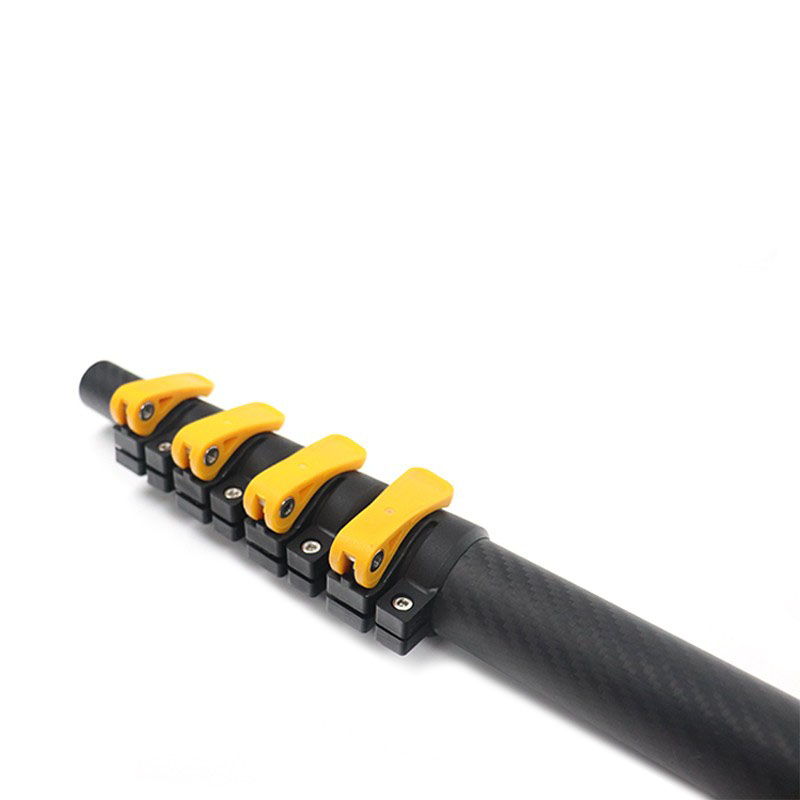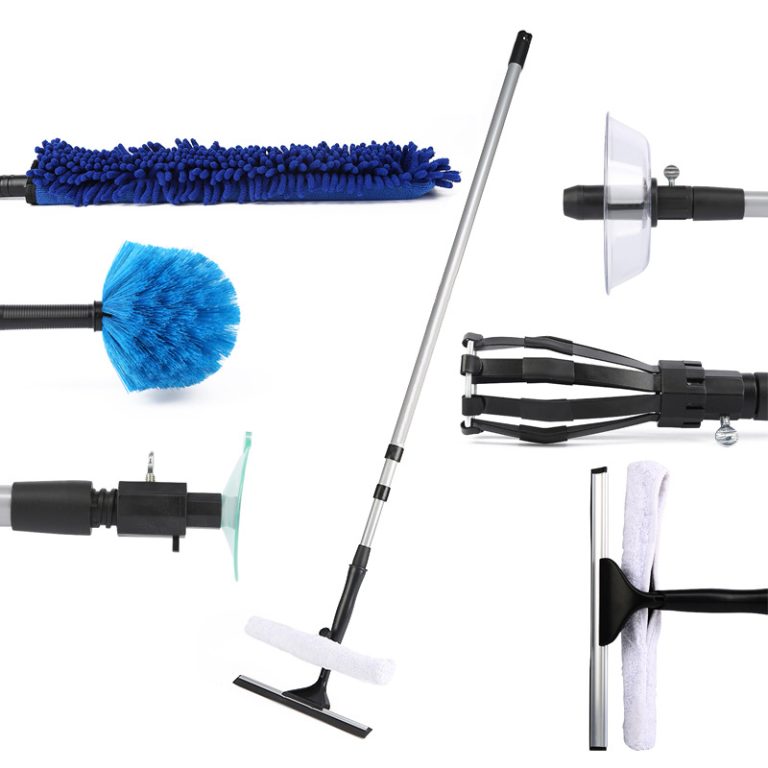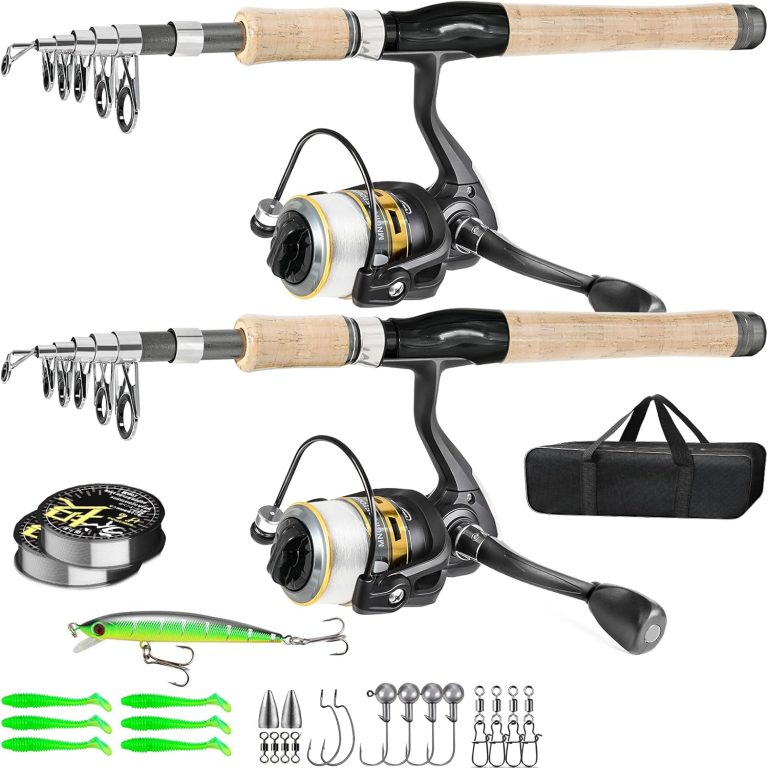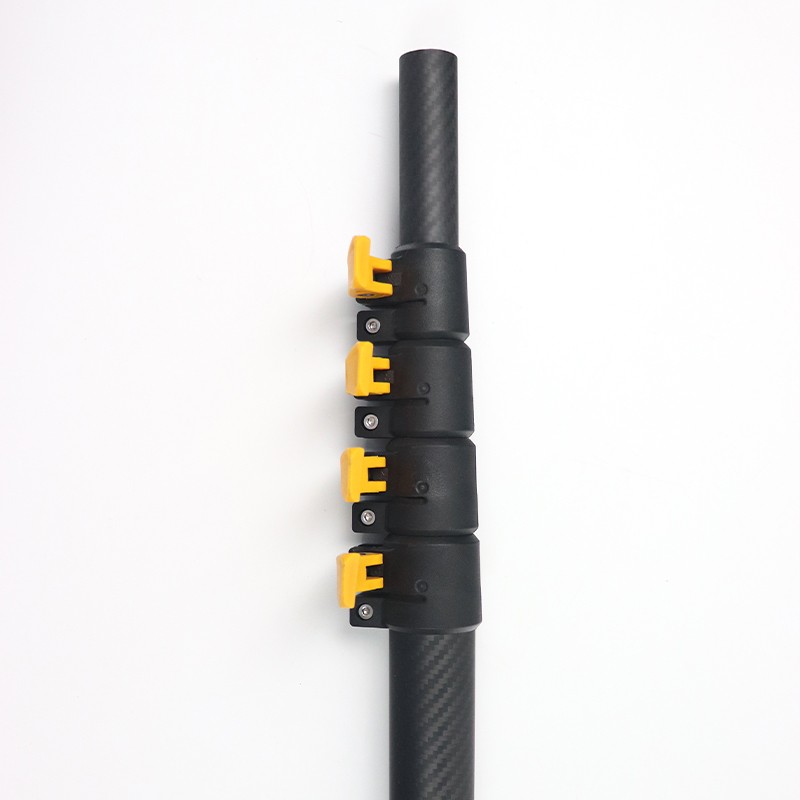
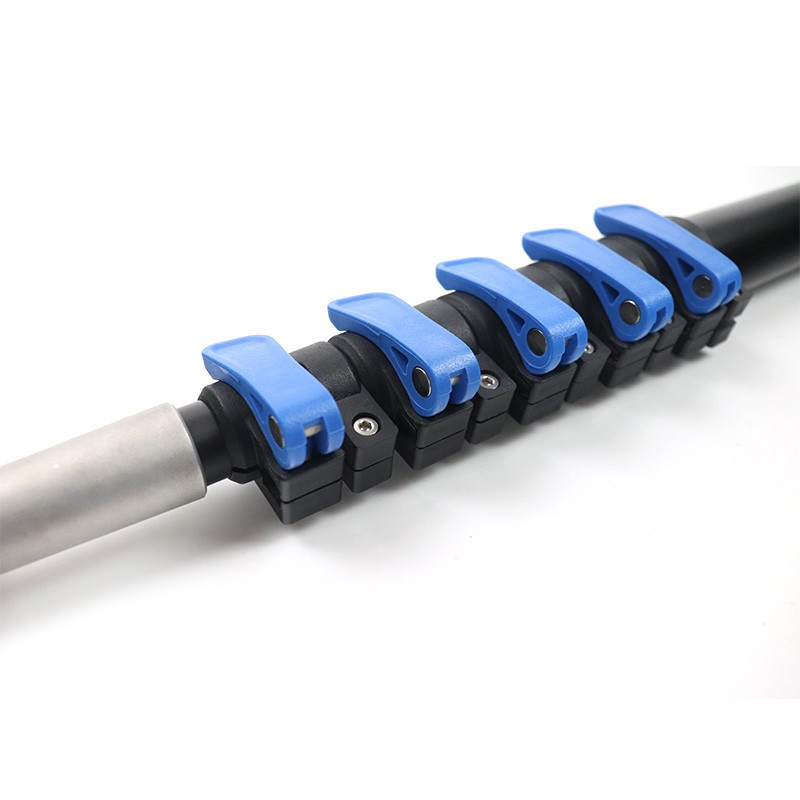
What are the common materials used to make telescopic poles?
Telescopic poles are versatile tools that find applications in various fields, from photography and cleaning to construction and painting. The choice of materials used in their construction is crucial as it determines the pole’s strength, weight, durability, and cost. Here are some of the most common materials used to make telescopic poles.
Aluminum
Aluminum is one of the most popular materials for telescopic poles. It offers an excellent combination of strength and light – weight. Aluminum poles are relatively easy to handle, even when extended to their maximum length. This makes them ideal for applications where portability is key, such as in photography, where photographers need to carry their equipment around easily.
Aluminum has good corrosion resistance, which means it can withstand exposure to moisture and the elements without rusting quickly. This property is beneficial for outdoor – use telescopic poles, like those used for window cleaning or reaching high – up areas on buildings. Additionally, aluminum is a malleable material, allowing manufacturers to create poles with different diameters and wall thicknesses to suit various load – bearing requirements.
However, while aluminum is strong, it may not be as rigid as some other materials for extremely heavy – duty applications. But for most general – purpose uses, its strength – to – weight ratio makes it a top choice.
Fiberglass
Fiberglass is another commonly used material for telescopic poles. It is known for its high strength – to – weight ratio, similar to aluminum, but with some unique characteristics. Fiberglass poles are often more flexible than aluminum ones, which can be an advantage in certain situations. For example, in fishing rods (which are a type of telescopic pole), the flexibility of fiberglass allows it to bend and absorb the force of a fish’s pull without breaking easily.
Fiberglass also has good insulating properties, making it suitable for use in electrical work. Linemen may use fiberglass telescopic poles to reach power lines while minimizing the risk of electrical conduction. Additionally, fiberglass is resistant to chemicals and moisture, which contributes to its durability.
One drawback of fiberglass is that it can be more difficult to repair compared to aluminum. If a fiberglass pole gets damaged, it may require specialized techniques and materials to fix.
Carbon Fiber
Carbon fiber is a high – performance material increasingly used in the production of telescopic poles, especially in applications where weight reduction and maximum strength are of utmost importance. Carbon fiber poles are extremely light – weight, yet they can be incredibly strong. This makes them popular among professional photographers, who need to carry their equipment for long periods, and in high – end fishing rods.
Carbon fiber has excellent stiffness, providing a stable and rigid structure even at extended lengths. This is crucial for applications where precision is required, such as in surveying or when using a telescopic pole – mounted camera for aerial photography.
However, carbon fiber is a relatively expensive material, which makes carbon – fiber telescopic poles more costly compared to those made of aluminum or fiberglass. Also, carbon fiber is more brittle than some other materials, and it can be prone to damage from impacts.
Steel
Steel is a traditional and reliable material for telescopic poles, especially in heavy – duty applications. Steel poles offer exceptional strength and durability, capable of withstanding high loads and harsh working conditions. In the construction industry, steel telescopic poles are often used for tasks like scaffolding support or reaching high – up areas for painting or maintenance.
Steel has high tensile strength, meaning it can resist being pulled apart, and its hardness makes it resistant to wear and tear. However, steel is significantly heavier than aluminum, fiberglass, or carbon fiber. This can make steel telescopic poles more difficult to handle, especially for extended periods or in applications where portability is a major factor. Additionally, steel is prone to rusting if not properly protected, so it often requires coatings or treatments to prevent corrosion.
In conclusion, the choice of material for a telescopic pole depends on its intended use. Aluminum is a great all – around option for general – purpose applications, fiberglass offers flexibility and insulation, carbon fiber provides high – performance in weight – sensitive scenarios, and steel is unbeatable for heavy – duty, high – load tasks. Each material has its own set of advantages and limitations, and understanding these can help in selecting the most suitable telescopic pole for any given job.
